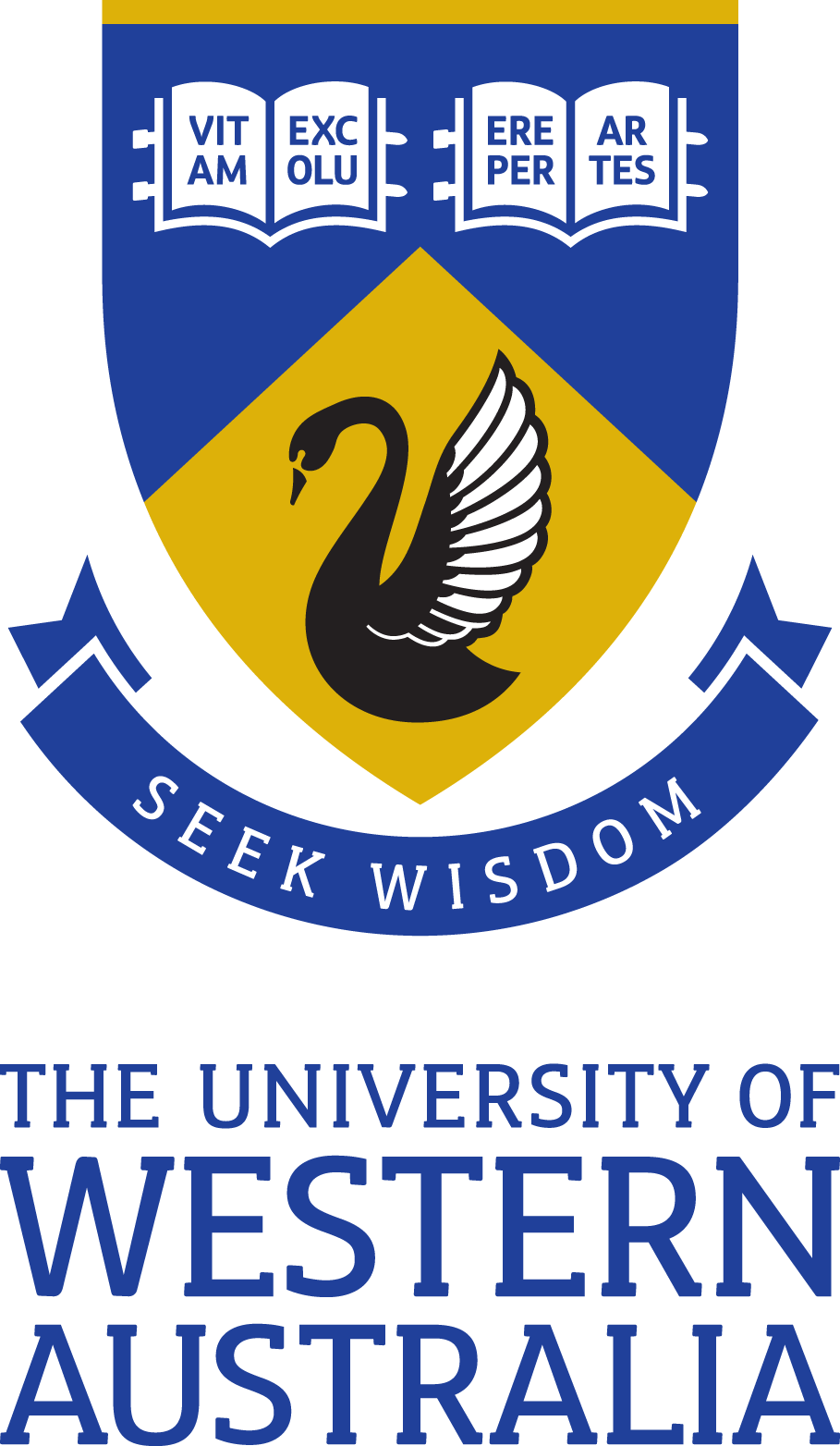Full description
The Parkes Pulsar Timing Array (PPTA) project has three primary goals: (a) detection of gravitational waves from astronomical sources, (b) establishment of a pulsar timescale, and (c) improvement of our understanding of Solar-system dynamics. The PPTA is the oldest of three international pulsar timing groups. We have the smallest telescope and the smallest group, but the best measurements and the best results. Our bound on the strength of the incoherent gravitational wave background is the only bound which significantly constrains theoretical models. We have maintained our leading position because: we have the southern sky; we have a small but well-focussed group; we have the best-calibrated receivers; and we have been able to observe with an almost regular cadence of 15 to 20 days at three different wavelengths. With this proposal we aim to maintain our pre-eminent position in the field. Unlike most observing proposals, this is a continuing proposal for which the observations will continue to improve bounds on gravitational waves until they are finally detected. Continued Parkes observations will remain valuable until the first stage of the SKA is able to offer the same sensitivity as Parkes and the same observing time. Even after the gravitational wave background is detected we will want to continue observations in support of the nascent field of gravitational wave astronomy!Notes
Associated PersonsMatthew Bailes (Contributor); Xingjiang Zhu (Contributor); Sarah Burke (Contributor)George Hobbs (Contributor); Dick Manchester (Contributor); John Sarkissian (Contributor); Ramesh Bhat (Contributor); Michael Keith (Contributor); William Coles (Contributor); Willem van Straten (Contributor); Vikram Ravi (Contributor); Stefan Oslowski (Contributor); Matthew Kerr (Contributor); Ryan Shannon (Contributor); Yuri Levin (Contributor); Shi Dai (Contributor); Daniel John Reardon (Contributor)
Issued: 2017-04-15
User Contributed Tags
Login to tag this record with meaningful keywords to make it easier to discover
Identifiers
- DOI : 10.25919/5BB0FD06ED2D9

- global : 3b8d041d-85b4-4852-a2a2-fb5f9f9a4d71
- Handle : 102.100.100/44266

- URL : data.csiro.au/collection/csiro:P456-2016OCTS



